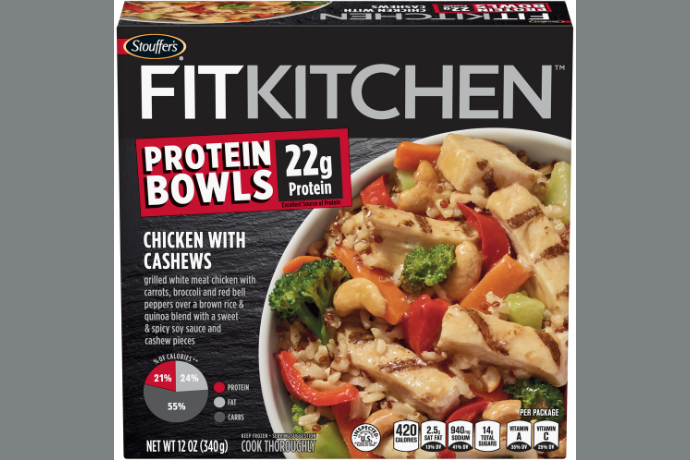Sixteen years of data on tens of thousands of packaged foods suggests that the adoption of nutrition data on “front of package” (FOP) labels is associated with improved nutritional content of those foods and their competitors, according to research conducted by North Carolina State University. The study was published in Journal of Marketing, Sept. 10, 2020.
“We wanted to know whether food companies were responding to increased public interest in healthier food,” said Rishika Rishika, co-author of the study and an associate professor of marketing in North Carolina State University’s Poole College of Management. “In other words, is the market driving change in the nutrition of food products? And the evidence suggest that this is exactly what’s happening.”
The researchers evaluated whether there was any impact when products adopted a “Facts Up Front” style of nutrition labeling. Facts Up Front is a voluntary initiative aligned with the US Food and Drug Administration (FDA) and the US Department of Agriculture (USDA) guidelines and regulations. Through Facts Up Front, participating food and beverage companies place an icon on the front of their products that displays calories, saturated fat, sodium and sugar per serving. Some product icons may also provide information about fiber, vitamins, calcium and other nutrients that are essential for a healthy diet. The products still carry the mandated nutritional information panels on the back of the packages.
Nestlé USA, Arlington, Va., uses Facts Up Front on many of its products, including frozen prepared meals featuring meat and poultry. This includes the entire line of Stouffer’s Fit Kitchen, which now offers a range of frozen bowl meals designed to be the perfect balance of nutritious and delicious for active lifestyles. The boldly flavored meals all include either beef or chicken and contain as much as 24 grams of protein.
Some meat and poultry companies opt to use their own design of label claims. Applegate Farms LLC, Bridgewater, NJ, for example, leads the way with a slew of claims that introduce consumers to attributes they may not typically prioritize in a product. Some of these claims make a connection between clean, quality and perhaps premium pricing. Others are about how the animal was raised and how ingredients were sourced.

Findings from study
For the North Carolina study, the researchers evaluated nutritional data on 44 categories of food products from 1996 through 2011. Altogether, the researchers looked at data on 21,096 products, representing 9,083 brands, covering everything from energy bars to soup, and of course, all types of packaged meat and poultry.
In categories where at least one product had adopted FOP labeling, the researchers evaluated differences in the nutritional quality of all products in the category, both before and after any products adopted the FOP labels. These differences were then compared with categories that had no products with such labeling. They served as control groups. The researchers calculated a product’s nutritional content using the nutrient profiling model. The results showed a clear association between FOP labeling and changes in the nutritional content of food products.
Five observations:
- Premium brands improved nutritional quality more than non-premium brands in the same category.
- Brands with fewer stock-keeping units (SKUs) tended to be better at improving the nutritional quality of their products.
- Products in categories that are broadly unhealthy, such as snack foods, showed a more pronounced response.
- Foods in highly competitive categories, such as ones with many competitors at different price points, showed a more pronounced response.
- Products that had adopted FOP labeling showed more improved nutritional quality.
The researchers also found that there were pronounced changes in the content of nutrients that were singled out by the Facts Up Front FOP program. Across all the food categories that had some products with FOP labels, there was a 12.5% reduction in calories, 12.97% reduction in saturated fat, 12.62% reduction in sugar and 3.74% reduction in sodium.
“We had hypothesized that when nutritional information is clearly marked on the front of the package, consumers would be more likely to consider it when deciding what to buy,” Rishika said. “This would, in turn, cause competitive pressure on other brands in that category to innovate and improve the nutritional quality of their products.
“For consumers, we found that the presence of a Facts Up Front FOP label on a package generally meant that the product had a better nutritional profile than competing products that didn’t have an FOP label,” Rishika said.
The findings further suggest that voluntary, highly visible nutritional labeling can be an effective tool for encouraging change on an industry level; however, it remains unclear what aspects of the program are more important. Is the fact that the program is voluntary more important, since it helps consumers identify brands that are choosing to share nutritional information on the front of package? Or, is the fact that the FOP labeling is prominent more important, simply because the information is more clearly noticeable?
“Those are questions for future research,” Rishika said.



